For some women, getting pregnant can be a struggle. There are many factors for this, from hormonal imbalances to certain health conditions.
Barring health factors, some couples who encounter this problem sometimes just fail to find the proper timing when trying to conceive. In these cases, the solution is to understand when your fertile period is and to make your attempts during this time frame.
This article will discuss what the fertile period is and six common signs that you should watch out for to know that you’re in your fertile period. Continue reading below to learn more.
- Understanding the Fertile Period
- How to Calculate Your Fertile Period
- Sign 1 – Change in Cervical Mucus
- Sign 2 – Increased Libido
- Sign 3 – Basal Body Temperature Changes
- Sign 4 – Changes in the Cervix
- Sign 5 – Mild Pain in the Pelvis or Lower Abdomen Area
- Sign 6 – Breast Soreness or Tenderness
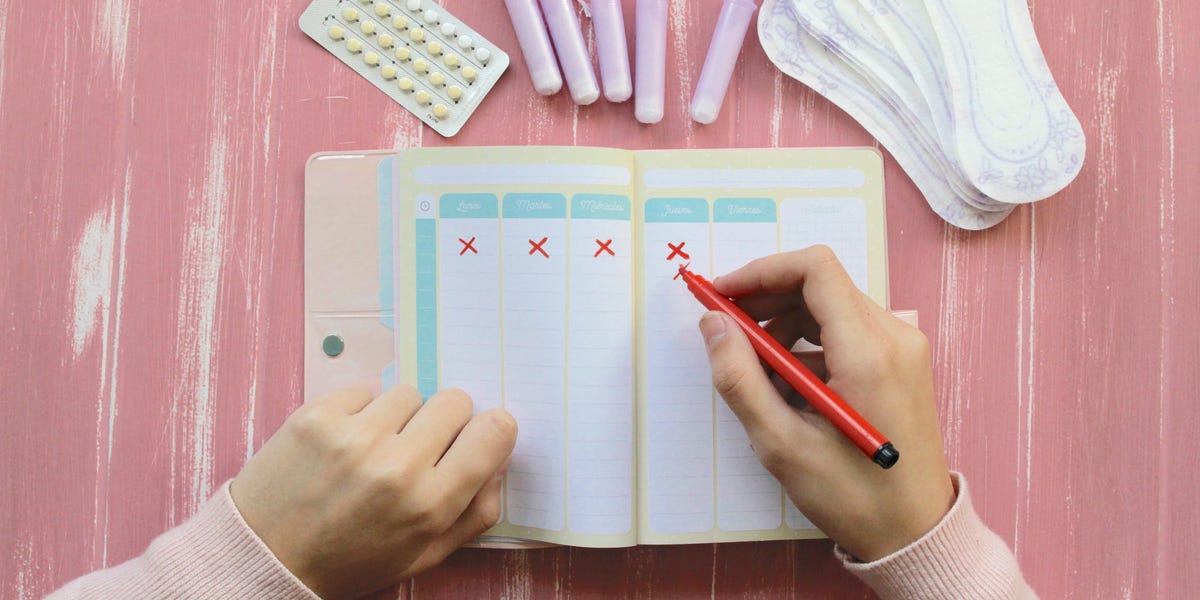
Understanding the Fertile Period
To become aware of the signs of the fertile period, you must first understand what the fertile period is. Simply put, the fertile period refers to the time in a woman’s menstrual cycle when fertilization is at its highest probability.

The American College of Obstetricians and Gynecologists explains that a woman with a monthly menstrual cycle of 28 days will experience ovulation at about 14 days prior to the next menstrual period’s expected date.
This means that most women will ovulate between days 11 to 21 of their menstrual cycle.
The challenge is that ovulation does not always occur on the same day every cycle so you should watch out for signs.
Fertile Period and Ovulation
It also explains that a woman ovulating on day 14 can conceive on the same day or within 24 hours of the beginning of ovulation. However, the fertile period actually starts several days before ovulation.
A man’s sperm has the ability to survive up to five days inside a woman’s body, so even without sexual contact on day 14 or 15, it is possible to get pregnant from unprotected sex between day 9 to day 13.
According to a study published in the Human Reproduction journal, the probabilities of being within the fertile period are 2% at day 4, 58% at day 12, and 5% at day 21 of the cycle.
How to Calculate Your Fertile Period
Calculating the fertile period requires knowing what day your ovulation occurs. Start by determining the length of your menstrual cycle.
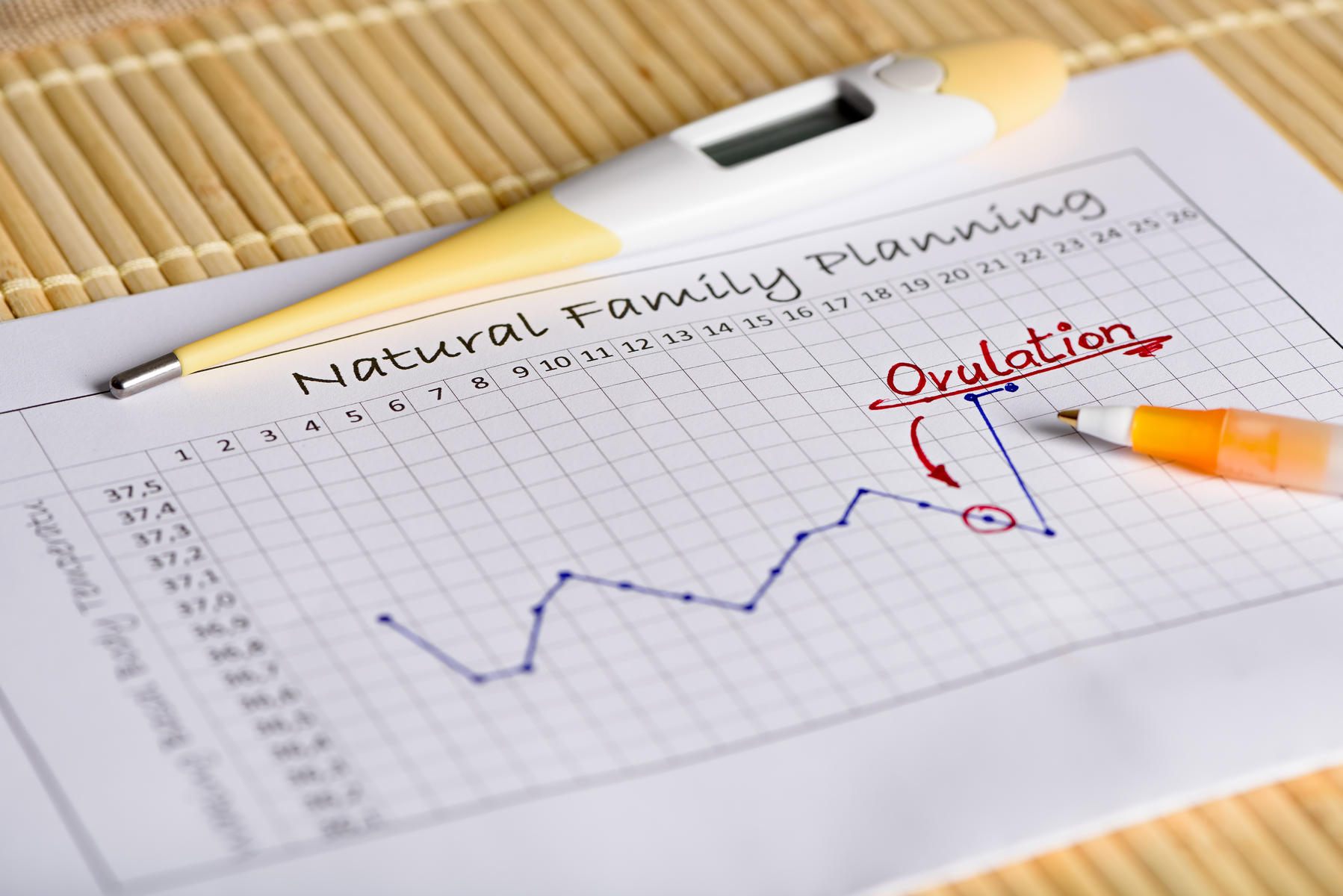
If you’re a woman with a regular cycle, count the number of days it has been since your first day of bleeding in your last period and subtract 14 days from the expected end of your cycle. This will be your ovulation date.
Your fertile period will be from day 9 to day 15 so if you’re planning to conceive, sexual contact should fall within this period.
On the other hand, if you’re avoiding pregnancy, do not have unprotected sex during this time.
Determinants of a Regular Cycle
The calculation technique discussed above only applies when you have a regular menstrual cycle. There are certain characteristics of a regular menstrual cycle, which on average lasts between 28 to 32 days.
Notice that a range of days is used to describe a regular menstrual cycle. This is because some women have shorter or longer cycles compared to others. Menstrual flow usually lasts anywhere between two to seven days.
In the first few years of a woman’s menstruation, cycles tend to be longer but as women age, cycles tend to become more regular but shorter.
Sign 1 – Change in Cervical Mucus
Since the fertile period may not fall on the same dates monthly, you may rely on observing the common signs of ovulation that you would experience. The first one is the change in cervical mucus quality.

Nearing the fertile period, your body will produce more estrogen, causing your cervical mucus to become stretchy and clear, similar to that of a raw egg white.
This fertile quality of the cervical mucus helps the sperm swim up into the female reproductive system and reach the egg.
This mucus also helps make sexual intercourse easier and more pleasurable.
Testing Your Cervical Mucus for Ovulation
Keep in mind that the amount of cervical mucus, as well as how it feels and looks, may vary from woman to woman but changes in its quality and appearance happens to most women during ovulation.
To test, you may insert a clean finger into your vagina to remove some of the mucus. After getting some on your finger, try stretching it out using your thumb and finger.
If the secretion is sticky and stretchy, or may appear wet and slippery, it’s most likely that you are in your fertile period.
Sign 2 – Increased Libido
Another common sign of ovulation is a woman’s increased libido or sex drive. According to women, their sexual desire becomes higher when ovulating.

Others even claim that they not only have a higher sex drive, they also look and feel sexier than normal.
Some say their facial bone structure shifts slightly, their walk becomes sexier, and their dance moves become more sensual.
Some people interpret this as Mother Nature’s way of preserving the human species on the planet. This is the best time to have unprotected sex if you’re trying to have a baby.
Caveats on Increased Sex Drive
While it may be true that ovulating women has increased sex drive, there are other factors that may contribute to higher libido without anything to do with ovulation.
Sex drive may be influenced by a variety of things, like having a glass of wine or just simply being in a good mood to have sex.
In addition, higher sex drive during ovulation may also be unnoticeable or non-existent if you are anxious, depressed or stressed. This is why you shouldn’t solely rely on sexual desire as a sign of ovulation.
Sign 3 – Basal Body Temperature Changes
Basal body temperature (BBT) refers to the body’s temperature when at rest. Normal body temperature cannot be used as a basis for changes because it naturally varies throughout the day and month.

Body temperature may go up and down depending on your activity level, eating and sleeping habits, hormones, and medical condition.
However, your BBT will rise during ovulation and would stay high during your fertile period. You may take your BBT when you wake up in the morning before getting out of bed.
Monitoring Your BBT
Tracking your BBT involves taking your body temperature at the same time each morning after waking up.
You may use apps and websites to chart the BBT you record.
Consistent and regular timing of taking your BBT is important because working on irregular schedules, such as taking night shifts and inconsistent sleep patterns could influence your BBT.
Sign 4 – Changes in the Cervix
Throughout your entire menstrual cycle, the cervix exhibits changes and even shifts position.
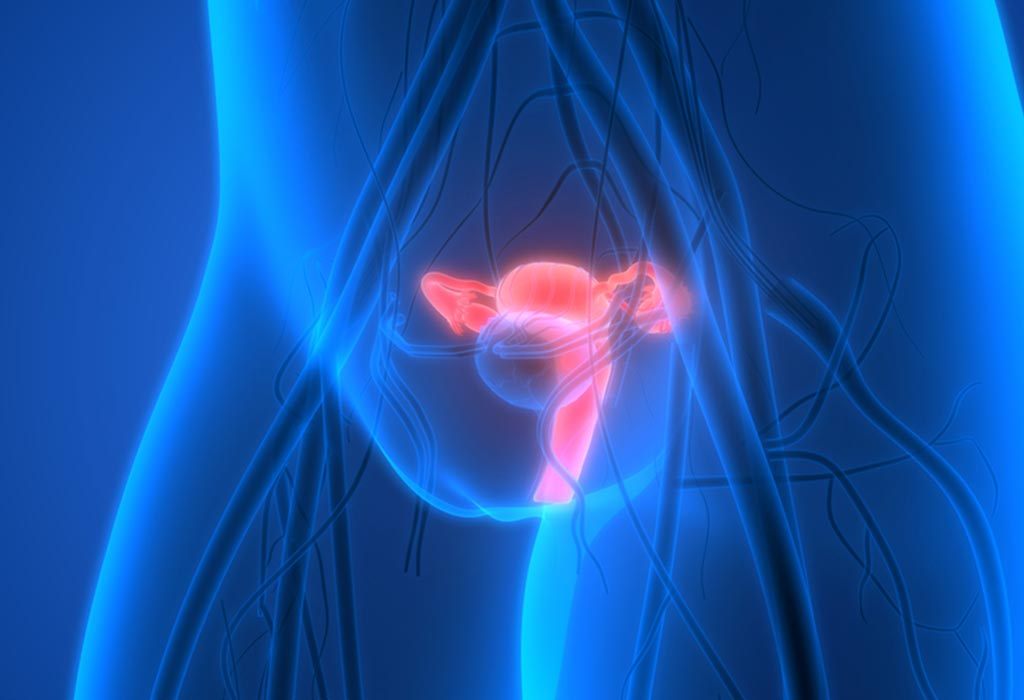
Prior to ovulation, it positions itself higher and becomes softer and slightly more open.
In contrast, the cervix is lower, harder, and more closed when not in the fertile period.
How to Check Your Cervix
You should be warned that it may take time for you to learn and get used to checking your cervix. You may ask your OB-GYN to guide you on how to do it at home.
It’s recommended that you stand in the position that you use for inserting a tampon. Using your finger, feel the inside and try to reach the cervix to check if it’s softer and more open.
When you’re ovulating, the cervix should be as soft as your lips and if not, it may feel as hard as the tip of your nose.
Sign 5 – Mild Pain in the Pelvis or Lower Abdomen Area
One of the more obvious signs of being in the fertile period is experiencing a mild pain in the lower abdomen or pelvis, usually just on one side.
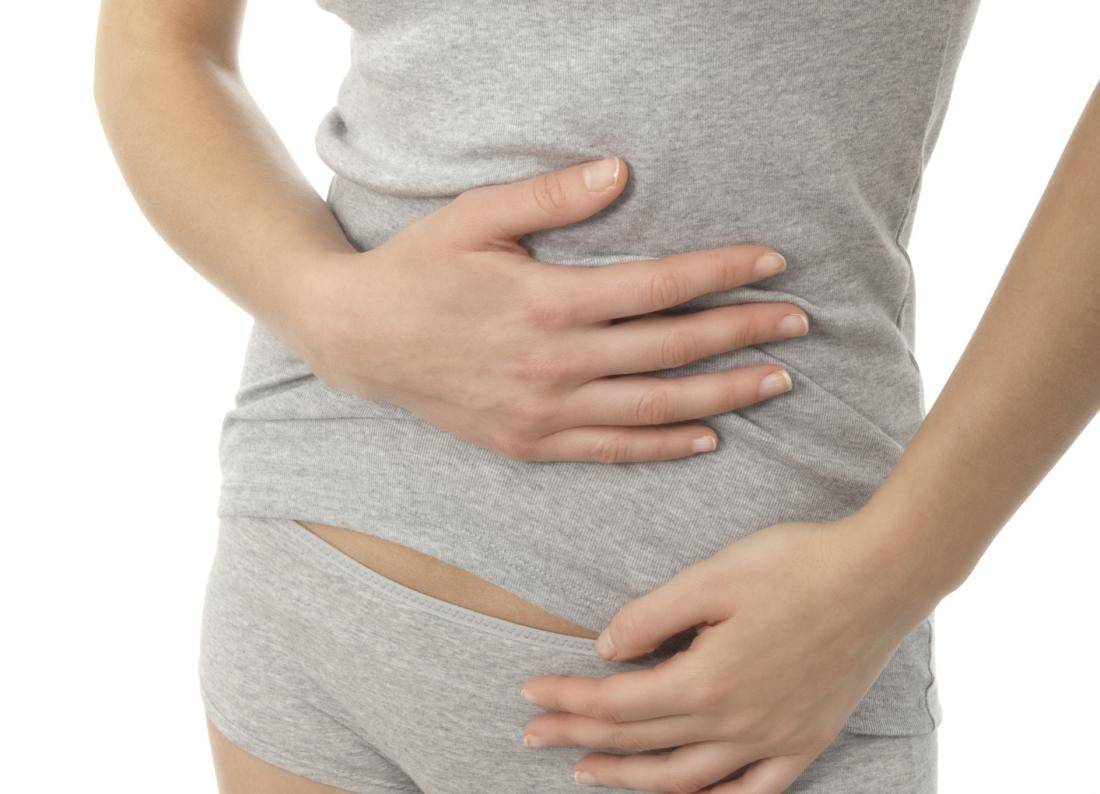
According to doctors, ovulation pain feels like a sharp or dull cramp on the side of the abdomen where the egg is being released by the ovary.
This pain may last from as short as a few minutes to as long as a few hours.
Beware of Severe Pain
For most women, ovulation pain is temporary but some experience pain that’s so severe it prevents them from having sex during their fertile period.
If you experience such severe pain during your fertile period, you should consult your doctor as this might be a symptom for endometriosis or pelvic adhesions.
Sign 6 – Breast Soreness or Tenderness
Another change in the body that you will experience during your fertile period is breast tenderness or sore nipples.
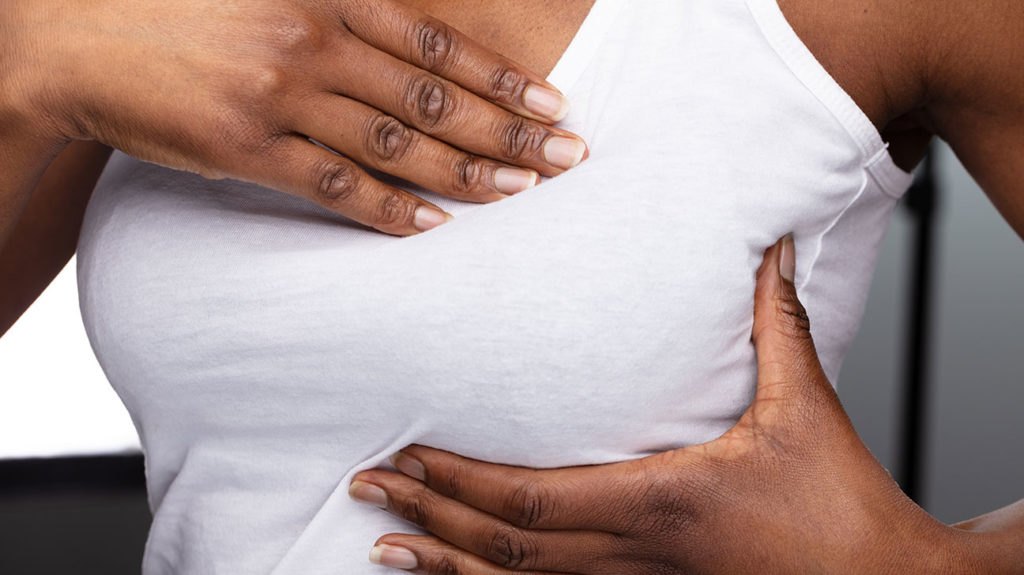
This is a side effect of hormones being produced by your body right before and after ovulation.
That’s why breast tenderness can be used as a sign to confirm that your fertile period has begun.
Not Used as a Predictive Method
Since breast soreness or tenderness only happens after hormones are produced during ovulation, you cannot use it to predict ovulation.
However, you may use it as a confirmation that you underwent ovulation during that particular cycle.
Also, breast tenderness may also be a side effect of taking fertility drugs.
Conclusion
Knowing when your fertile period every menstrual cycle is very important when you’re trying to conceive. Some women fail to get pregnant because they’re unaware of this and often mis-time their attempts.
The signs listed in this article are great ways to help you identify your fertile period but consulting your doctor to help you in this journey is always recommended. Use these signs as guidance and seek medical help from professionals.







